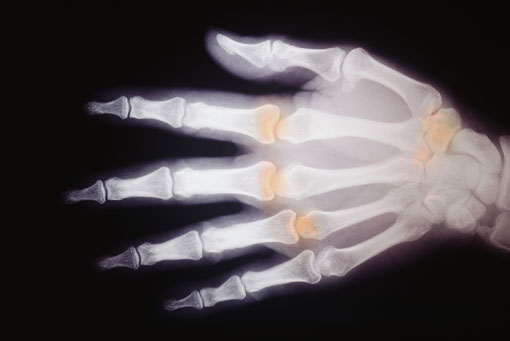


What, me worry?
![]()

 or turn into a
Super Hero!
or turn into a
Super Hero!
![]()

 For
purposes of radiation protection, a common measuring device was a piece of
dental film with a paper-clip attached. A daily exposure great enough to
just produce a detectable shadow, called a "paper-clip unit" was
considered a maximum permissible dose. Another measure was the "erythema
dose" or the minimum dose required to cause reddening of the skin. As
you can well imagine, these methods left a lot to be desired!
For
purposes of radiation protection, a common measuring device was a piece of
dental film with a paper-clip attached. A daily exposure great enough to
just produce a detectable shadow, called a "paper-clip unit" was
considered a maximum permissible dose. Another measure was the "erythema
dose" or the minimum dose required to cause reddening of the skin. As
you can well imagine, these methods left a lot to be desired!
Whole body - from internally deposited and external radiation |
5 rem /y |
Individual Organ including Skin |
50 rem/y |
Extremities (hands to the elbows, feet to the knees) |
50 rem/y |
Lens of the eye |
15 rem/y |
Fetal dose - declared pregnant woman |
0.5 rem/gestation period(should be spread out evenly - not "all at once") |
![]()

![]()


DOSE |
RISK |
25 rem |
1 in 100 |
10 rem |
4 in 1000 |
1 rem |
4 in 10,000 |
0.100 rem |
4 in 100,000 |
0.010 rem |
4 in 1 million |
![]()
![]()